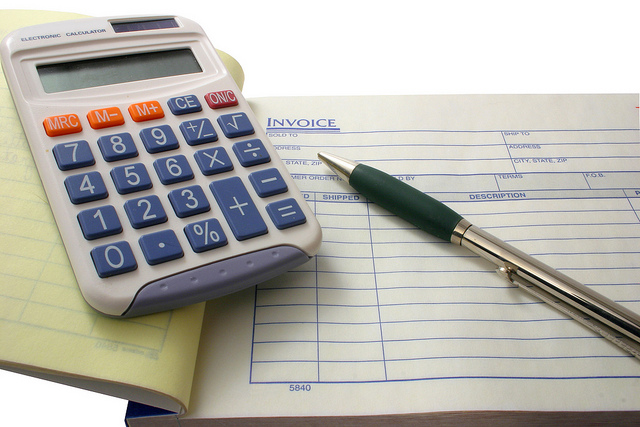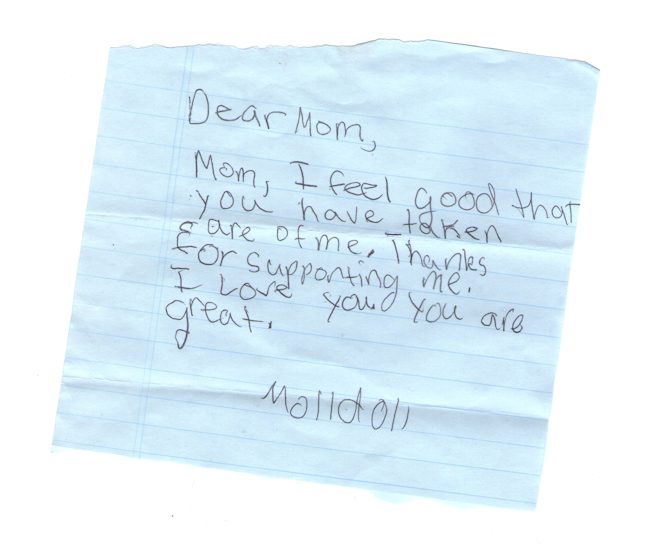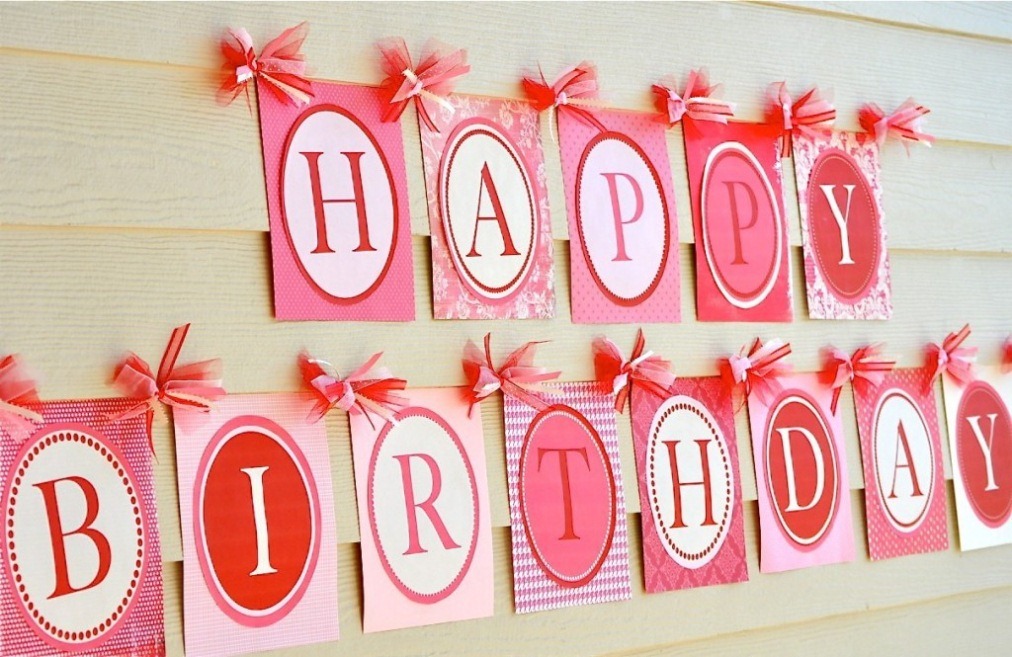
Business Bookkeeping for Your Home-Based Business (Part 1)
Business Bookkeeping for Your Home-Based Business (Part 1)
Now that you have decided to start your own home-based business (I think you were crocheting blankets in our last example) you need to set up a few basic procedures to ensure that your recordkeeping is complete and accurate. You do not need an accounting degree to accomplish this.
Keep Seperate Bank Accounts:
My first piece of advice is to get a separate bank account for all business activity. This is vital. This is important even if your business is set up as a sole proprietorship; essentially YOU are the business. Many home-based business owners believe that since the money to fund operations (at least initially) comes from their personal account that it is okay to deposit income to that account and to pay business related expenses from that personal account. Okay, yes, you can do that from a legal standpoint. However, you will be doing yourself a great disservice if you don’t segregate your business activity from your personal. You do not need a formal business account. Simply a separate checking account will suffice. I would also either open a new business-only credit card or assign one of your personal cards for business-only purchases. Setting up those separate accounts is the first step that you will take to be ready for growth. It is also a means of easily keeping track of the income and expenses of the business to see how you are doing.
Keep Your Receipts and Bank and Credit Card Statements:
Next, keep ALL of your receipts and bank/credit card statements. This is also very important. If you have a home-based business and you will be filing a Schedule C with your regular tax return you will need to be able to support the numbers on that Schedule C in the event of an audit. There are a few different ways to organize those items. The simplest way is to clip or staple them to the statement for the account that was used to pay the expense. For example, for all purchases where you used your debit card, attach those to the bank statement that they appear on; the same for credit card transactions. For cash purchases, just keep them in date order in an envelope. This will make them easy to locate if you are audited. You can put all of these items into a file, large envelope or a box labeled with the tax year.
Next Time: Basic Bookkeeping for Your Home-Based Business (Part 2) OR – Simple Bookkeeping Systems for your Home-Based Business.
Photo courtesy of Flickr: https://www.flickr.com/photos/58859964@N03/5599034950/sizes/z/in/photostream/
Brought to you by Wendy Conte
Owner of Wendy Conte, CB ~ “We Do Books So You Can Do Business.”
(661) 993-9313 ~ wendy@bookkeepingscv.com
0




